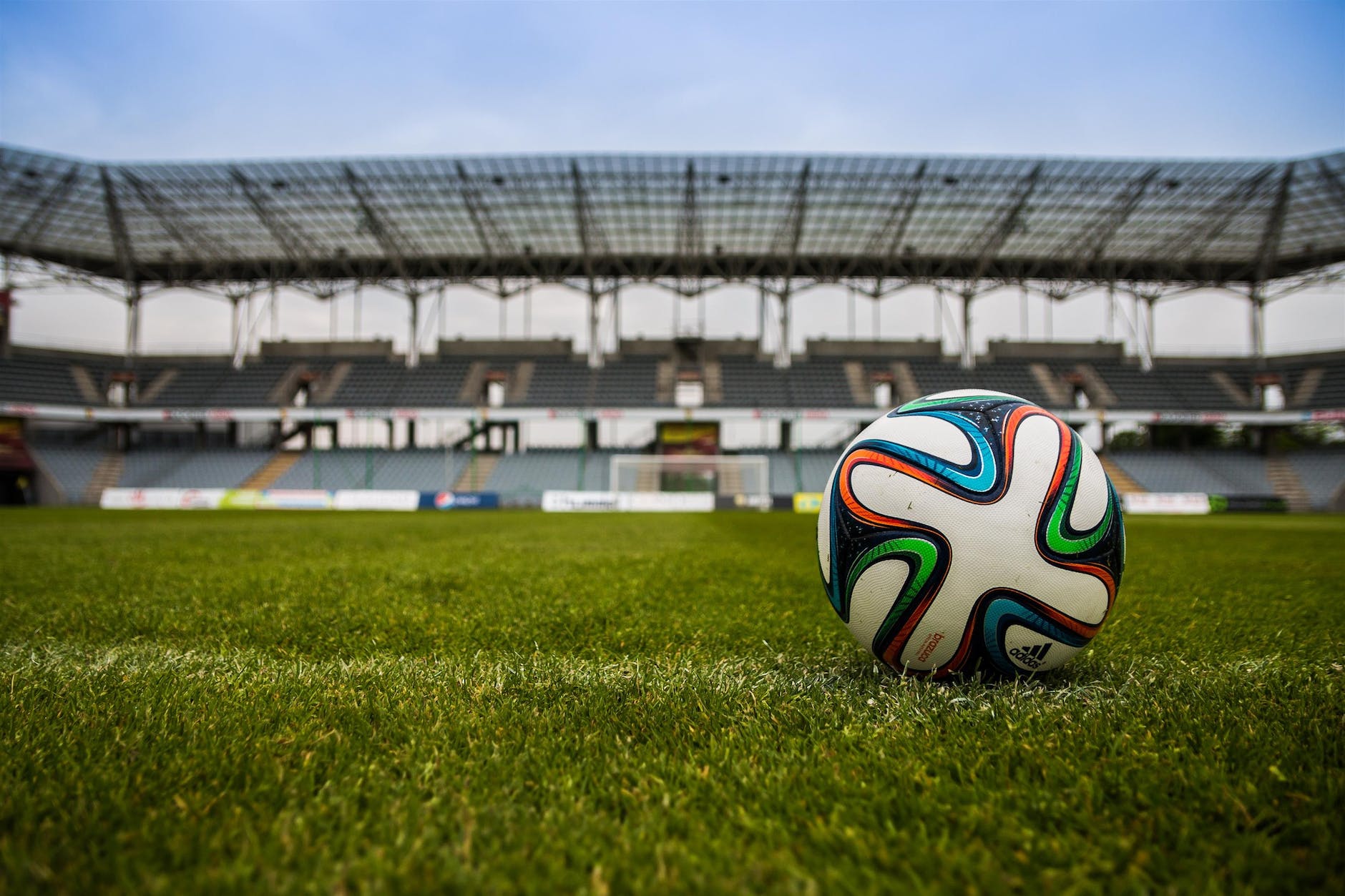FIFA World Cup 2022:In this article, we take a look at semi-automated offside technology that will be used at the FIFA World Cup 2022™ in Qatar.
What is semi-automoted technology ?
Semi-automated technology is a type of technology that relies on both human input and automation to function. Semi-automated systems are designed to assist and augment human activities, rather than replacing them entirely.
An example of a semi-automated technology is a self-driving car. While a self-driving car is able to navigate roads and make decisions on its own, it still requires a human operator to monitor the vehicle and intervene if necessary. This allows the car to operate safely and efficiently while still allowing for human input and oversight.
Another example of semi-automated technology is a factory production line that uses robotic arms to perform certain tasks, such as assembling components or moving materials. While the robots are able to perform these tasks quickly and accurately, they still require human operators to set them up, monitor their performance, and make adjustments as needed.
In general, semi-automated technology is often seen as a way to improve efficiency and productivity while still retaining the ability to adapt and respond to changing circumstances.
What is semi-automated offside technology used in FIFA World Cup 2022 ?
Semi-automated offside technology is a system that uses cameras, sensors, and other technology to assist the human referee in making offside decisions in football matches. Unlike fully automated systems, which make decisions without human input, semi-automated systems provide information and assistance to the human referee, who ultimately makes the final decision.
The use of semi-automated offside technology is not currently widespread in professional football. However, it has been tested and used in some leagues and competitions, such as the English Premier League and the FIFA Club World Cup.
The main advantage of semi-automated offside technology is that it can provide more accurate and reliable information to assist the human referee in making the correct decision. Offside decisions are often difficult to make in real-time and with the naked eye, and the use of technology can help to reduce the possibility of human error or bias.
This video above explain how the technology will offer a support tool for the VAR team and the on-field officials to help them make faster, more accurate and more reproducible offside decisions on the biggest stage of all.
Semi-automated offside technology in football

There is currently no widespread use of semi-automated technology in football. However, first time in fifa worldcup 2022 this technology is being used.There are some examples of semi-automated technology being used in football games or proposed for use in the sport.
The new technology tracks the ball using 12 dedicated tracking cameras positioned below the stadium’s roof and analyses up to 29 data points for each player, 50 times per second, to determine their precise location on the field. All limbs and extremities that are important for determining offside are represented in the 29 data points that were gathered.
A additional essential component for the detection of narrow offside occurrences will be provided by Al Rihla, adidas’ official match ball for Qatar 2022TM, since an inertial measuring unit (IMU) sensor will be inserted inside the ball. The kick point may be identified with extreme precision thanks to this sensor, which is located in the centre of the ball and feeds ball data to the video operation room 500 times per second.
When the ball is received by an attacker who was in an offside position when the ball was played by a teammate, the new technology automatically notifies the video match officials inside the video operation room that they are offside by combining the limb- and ball-tracking data and applying artificial intelligence. The video match officials confirm the proposed judgement before telling the on-field referee by physically examining the automatically chosen kick point and the automatically generated offside line, which is based on the computed locations of the players’ limbs. Offside judgments may be made more quickly and precisely as a result of this procedure, which takes only a few seconds.
The exact same positional data points that were used to make the decision are then turned into a 3D animation that accurately captures the location of the players’ limbs at the time the ball was played, after the decision has been validated by the referee on the field. This 3D animation will then be exhibited on the stadium’s massive displays and made available to FIFA’s broadcast partners in order to notify all fans as clearly as possible. It will always provide the finest views for an offside scenario.
Overall, the use of semi-automated technology in football is still in its early stages, and it remains to be seen how it will be adopted and integrated into the sport in the future.
How was semi-automated technology tested?
The setup and workflow for the semi-automated offside technologies have been successfully tested in a number of test events and actual FIFA competitions, including the FIFA Club World Cup 2021TM and the FIFA Arab Cup 2021TM.
The new technology was able to support the video match officials during these matches by enabling them to make offside rulings that were quicker, more precise, and more repeatable.
Why does semi-automated offside technology require less time for a decision to be made?
On average, a VAR offside check takes 70 seconds to complete. The video match officials team only needs to visually check the automatically selected kick point and the automatically created offside line, which are based on the calculated positions of the players’ limbs, to confirm the proposed decision rather than manually choosing the right kick point and drawing the offside line. Decisions on offside calls may be made more quickly and precisely as a result of this method, which takes just a few seconds to complete. However, complicated situations or several occurrences that happen simultaneously may necessitate a more in-depth analysis of the circumstances.
Other Football technologies used in games
In football games, various technical devices and systems may be used to assist in decision-making and to enhance the viewing experience for spectators. Some examples of technical devices and systems used in football matches include:
- Video assistant referees (VAR): VAR is a system that uses video footage and replays to assist the main referee in making decisions on certain match incidents, such as goals, penalty kicks, and red cards.
- Goal-line technology (GLT): GLT is a system that uses specialized cameras and sensors to determine whether the ball has crossed the goal line and whether a goal should be awarded.
- Hawk-Eye: Hawk-Eye is a system that uses multiple cameras to track the movement of the ball and to generate a 3D representation of the pitch. It is often used to assist in decision-making and to provide replays and analysis for television broadcasts.
- Electronic Performance and Tracking Systems (EPTS): EPTS is a system that uses wearable technology and sensors to track the performance and movements of players during a match. This data can be used by coaches and analysts to improve player performance and tactics.
- Pitchside monitors: Pitchside monitors are video displays that are located near the pitch and can be used by the main referee to review and make decisions on certain match incidents.
These are just a few examples of the technical devices and systems that may be used in football matches. The use of such technology is constantly evolving and is intended to help improve the accuracy and fairness of decision-making in the sport.
Semi automated offside technology advantages
The use of semi-automated offside technology in football could potentially have several advantages, including:
- Improved accuracy: Offside decisions are often difficult for human referees to make, especially in real-time and with the naked eye. Semi-automated offside technology could potentially provide more accurate and reliable information to assist the referee in making the correct decision.
- Reduced subjectivity: Offside decisions can be highly subjective and open to interpretation, which can lead to controversy and disputes. Semi-automated offside technology could provide objective and definitive information that would remove the possibility of human error or bias.
- Enhanced viewing experience: The use of semi-automated offside technology could provide a more immersive and engaging viewing experience for fans. For example, replays and graphics could be used to show exactly where players were in relation to the offside line at the moment the ball was played, allowing fans to see and understand the decision-making process in greater detail.
- Increased fairness: By providing more accurate and objective information, semi-automated offside technology could help to reduce the number of incorrect offside decisions, which could lead to greater fairness and consistency in the game. This could also help to avoid disputes and controversy, which can tarnish the reputation of the sport.
Overall, the potential advantages of semi-automated offside technology in football would depend on the specific implementation and how well it is integrated into the game.
Semi automated offside technology disadvantages
The use of semi-automated offside technology in football could potentially have several disadvantages, including:
- Cost: Implementing and maintaining semi-automated offside technology could be costly, especially for smaller clubs and leagues. This could create an unfair financial burden and put some clubs at a disadvantage.
- Complexity: Semi-automated offside technology would likely require a complex network of cameras, sensors, and other equipment, which could be difficult to set up and maintain. This could lead to technical difficulties and disruptions during matches.
- Dependence on technology: The use of semi-automated offside technology could potentially lead to a greater dependence on technology, which could be problematic if the system fails or is not available. In such cases, the human referee would need to make decisions without the assistance of technology, which could lead to errors and controversy.
- Loss of human judgement: Semi-automated offside technology would likely reduce the need for human judgement and decision-making in offside decisions. This could potentially lead to a loss of the human element in the game, which could be seen as a negative by some fans and players.
Overall, the potential disadvantages of semi-automated offside technology in football would depend on the specific implementation and how well it is integrated into the game.
Semi automated offside technology future scope
It is difficult to predict the future scope of semi-automated offside technology in football. While the technology has been tested and used in some leagues and competitions, it is not currently widespread in professional football.
The adoption of semi-automated offside technology would likely depend on a number of factors, such as its cost, effectiveness, and acceptability to players, coaches, and fans. If the technology is able to provide significant improvements in accuracy and fairness, and is well-received by the football community, it is possible that it could be adopted more widely in the future.
However, it is also possible that the use of semi-automated offside technology could be limited to certain leagues or competitions, or could be used only in specific situations. For example, the technology could be used only in high-profile matches or in situations where the human referee is unable to make a clear decision.
Overall, the future scope of semi-automated offside technology in football remains uncertain, and will likely depend on a variety of factors and developments in the sport.

